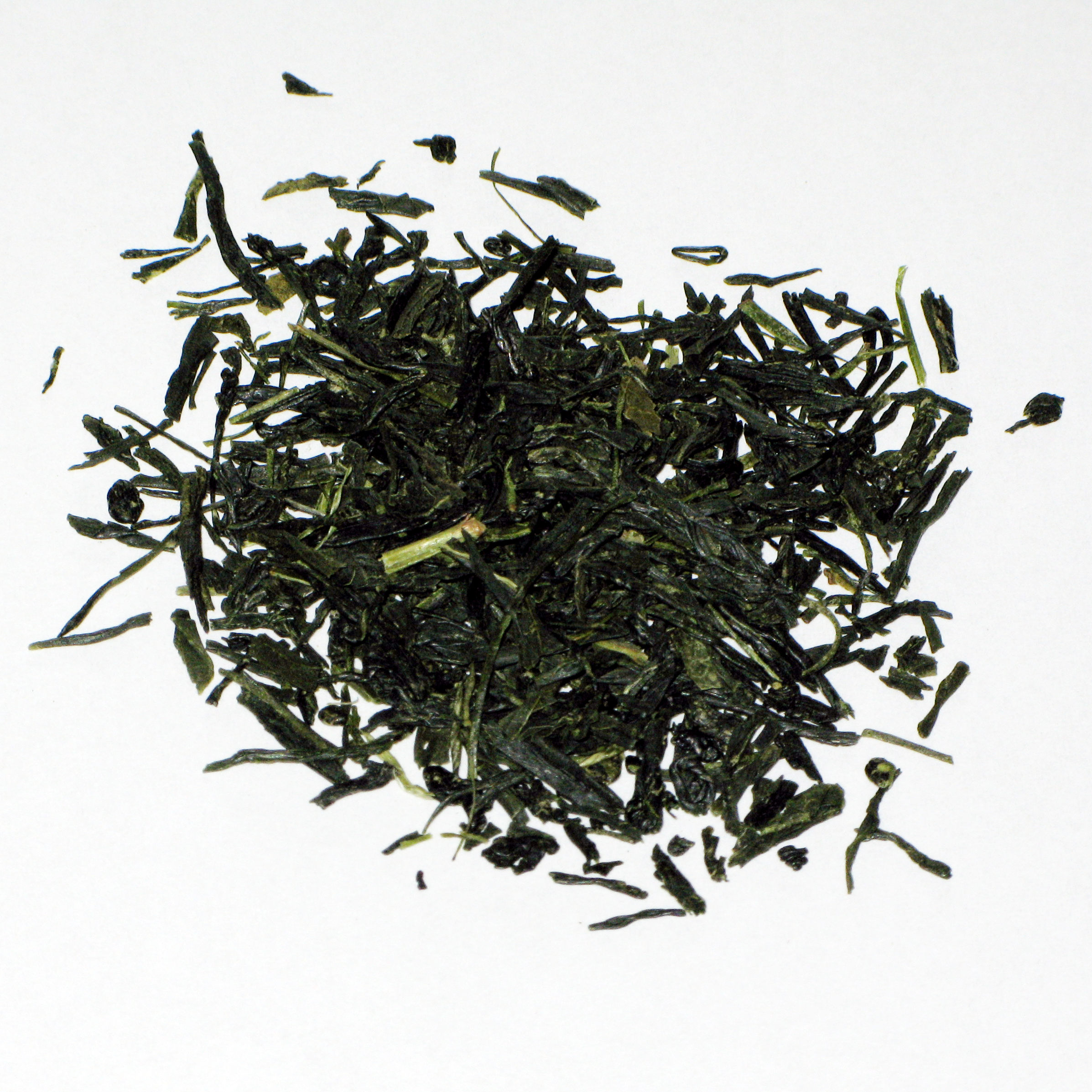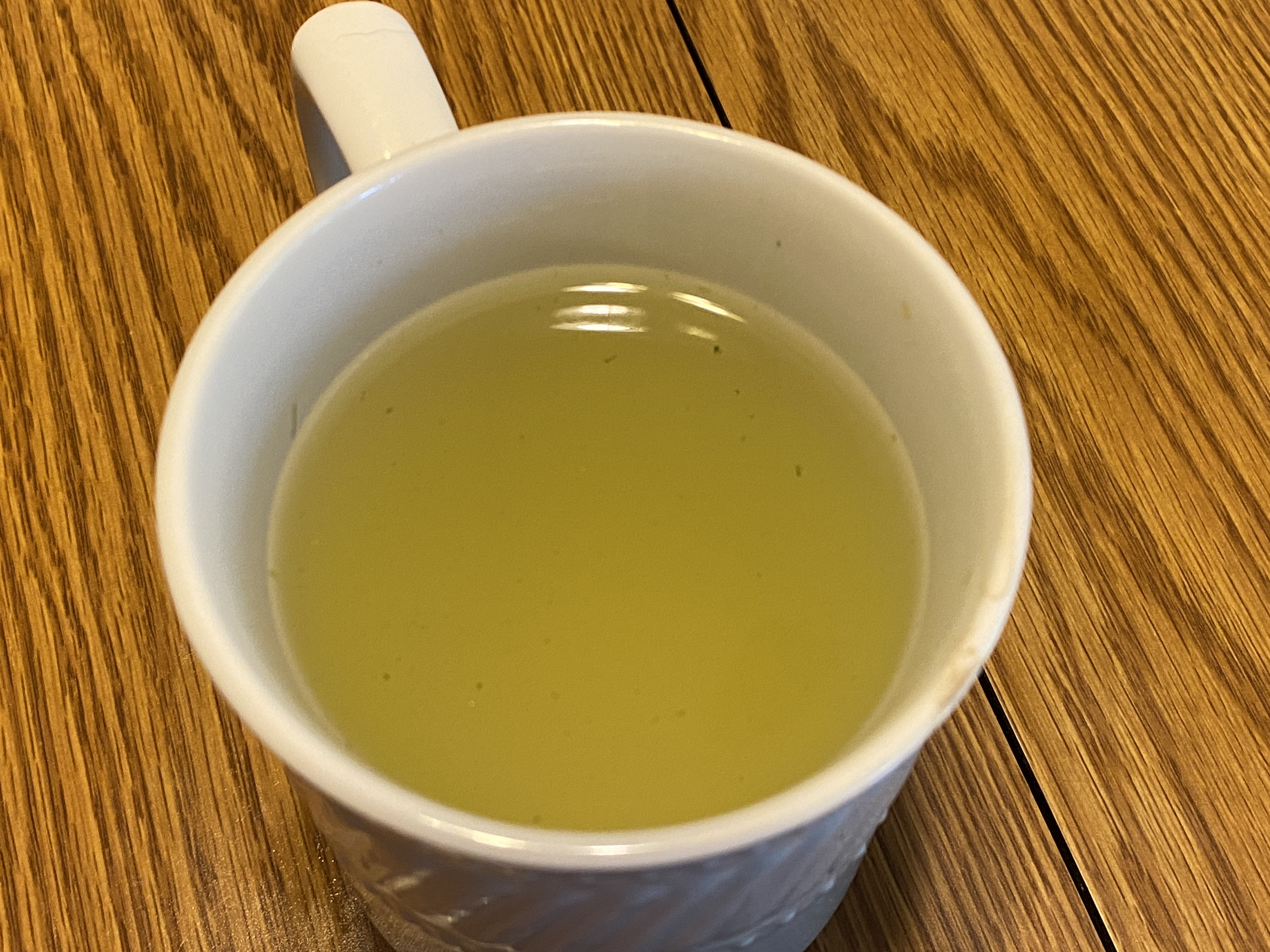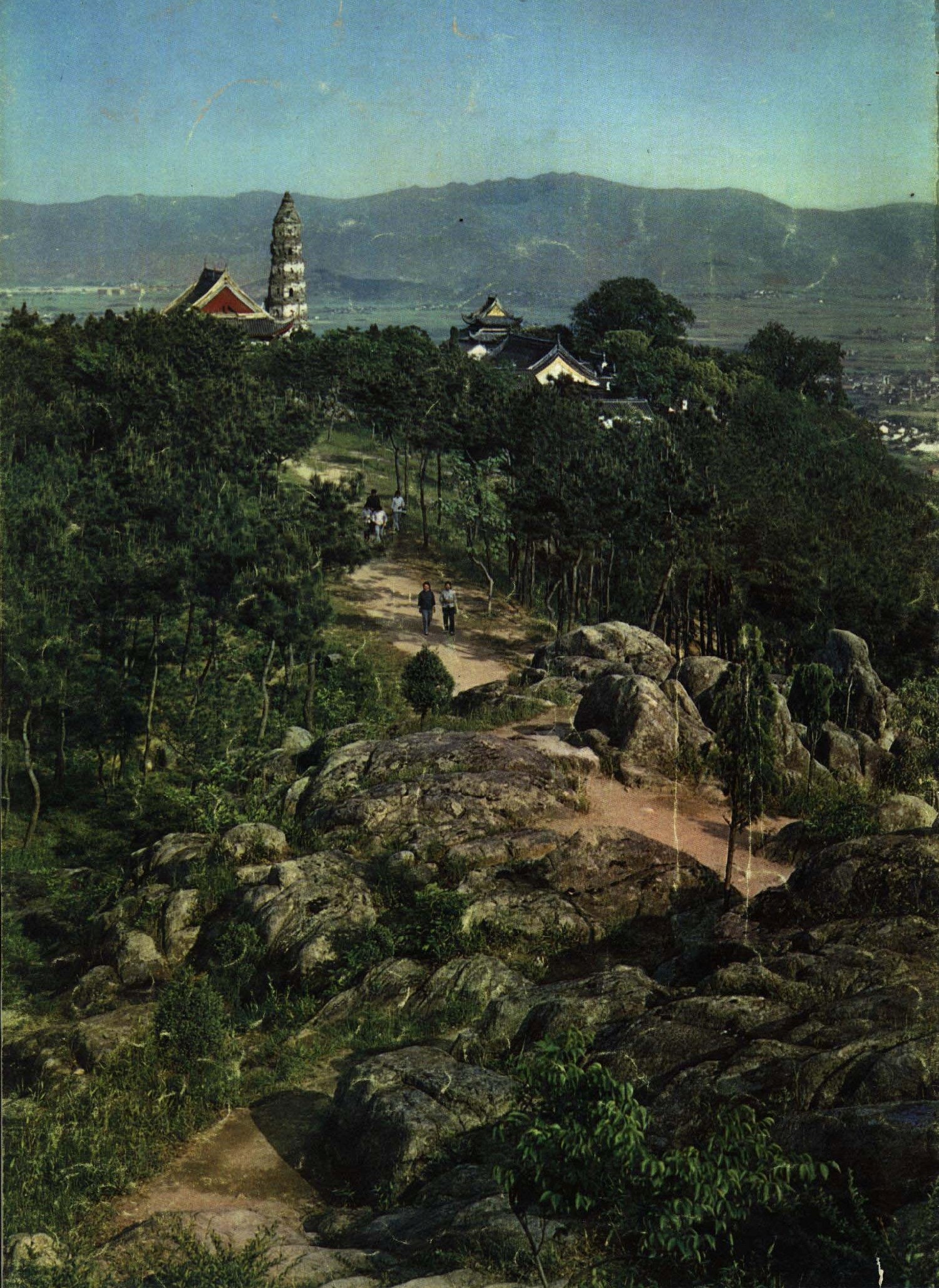|
Yamecha
Yamecha is a type of tea produced in Fukuoka Prefecture in Japan. It is cultivated in Yame-shi and its surrounding areas: Chikugo-shi, Hirokawa-cho, Ukiha-shi, and Asakura-shi. Yamecha makes up about 3% of Japan's green tea production and about 45% of Japan's gyokuro production on an annual basis. It is highly prized and one of the first regions in Japan to grow tea. The first tea plant in Yame was imported from China by a Zen priest named Eirin Suzui. Regional Characteristics The southern part of the Chikushi Plains is located in Yame-shi, where the Chikugo and Yabegawa rivers deposit rich sediment full of composted leaves. The Chikushi Plains is a region that has been famous for its tea cultivation since ancient times. It is the largest plain in Kyūshū and is located in the southern part of Fukuoka, extending to the Chikugo and Yabegawa river basins. Yamecha is cultivated on roughly 1560 hectares of land, 90% of which is located in Yame-shi. The climate is highly suitable fo ... [...More Info...] [...Related Items...] OR: [Wikipedia] [Google] [Baidu] |
Yame, Fukuoka
is a city located in Fukuoka Prefecture, Japan. The city was founded on April 1, 1954. As of 2003, the city had an estimated population of 39,372 and a population density of 1,000.81 persons per km². The total area was 39.34 km². On October 1, 2006 the town of Jōyō (from Yame District) was merged into Yame. On February 1, 2010, the towns of Kurogi and Tachibana, and the villages of Hoshino and Yabe (all from Yame District) were merged into Yame. After the merger, as of April 1, 2011, the city has an estimated population of 69,907, with 23,885 households and a population density of 144.88 persons per km². The total area is 482.53 km², which is second largest area within Fukuoka Prefecture. Yamecha is produced in Yame and surrounding areas, and is a tea known throughout Japan. Yame natives include former livedoor CEO Takafumi Horie and NiziU leader Mako Yamaguchi (山口真子). Geography Climate Yame has a humid subtropical climate (Köppen Köppen is a G ... [...More Info...] [...Related Items...] OR: [Wikipedia] [Google] [Baidu] |
Gyokuro
is a type of shaded green tea from Japan. It differs from the standard ''sencha'' (a classic unshaded green tea) in being grown under the shade rather than the full sun. The name "gyokuro" translates as "jewel dew" (or "jade dew"). While most sencha is from the cultivar of '' Camellia sinensis'', gyokuro is often made from a specialized variety such as Asahi, Okumidori, Yamakai, and Saemidori. Cultivation Though it is categorized as a type of sencha according to production methods, gyokuro cultivation differs from other sencha teas. Gyokuro tea leaves are shielded from the sun for at least 20 days before being harvested. This causes both the amino acid theanine and the alkaloid caffeine in the tea leaves to increase, which yields a sweet flavour. The tea also gains a distinct aroma from the covering process. Market Gyokuro is one of the most expensive types of sencha available in Japan. The name was originally the product name of the tea made by Yamamotoyama. The tea wa ... [...More Info...] [...Related Items...] OR: [Wikipedia] [Google] [Baidu] |
Gyokuro
is a type of shaded green tea from Japan. It differs from the standard ''sencha'' (a classic unshaded green tea) in being grown under the shade rather than the full sun. The name "gyokuro" translates as "jewel dew" (or "jade dew"). While most sencha is from the cultivar of '' Camellia sinensis'', gyokuro is often made from a specialized variety such as Asahi, Okumidori, Yamakai, and Saemidori. Cultivation Though it is categorized as a type of sencha according to production methods, gyokuro cultivation differs from other sencha teas. Gyokuro tea leaves are shielded from the sun for at least 20 days before being harvested. This causes both the amino acid theanine and the alkaloid caffeine in the tea leaves to increase, which yields a sweet flavour. The tea also gains a distinct aroma from the covering process. Market Gyokuro is one of the most expensive types of sencha available in Japan. The name was originally the product name of the tea made by Yamamotoyama. The tea wa ... [...More Info...] [...Related Items...] OR: [Wikipedia] [Google] [Baidu] |
Fukuoka Prefecture
is a Prefectures of Japan, prefecture of Japan located on the island of Kyūshū. Fukuoka Prefecture has a population of 5,109,323 (1 June 2019) and has a geographic area of 4,986 Square kilometre, km2 (1,925 sq mi). Fukuoka Prefecture borders Saga Prefecture to the southwest, Kumamoto Prefecture to the south, and Ōita Prefecture to the southeast. Fukuoka is the capital and largest city of Fukuoka Prefecture, and the largest city on Kyūshū, with other major cities including Kitakyushu, Kurume, and Ōmuta, Fukuoka, Ōmuta. Fukuoka Prefecture is located at the northernmost point of Kyūshū on the Kanmon Straits, connecting the Tsushima Strait and Seto Inland Sea across from Yamaguchi Prefecture on the island of Honshu, and extends south towards the Ariake Sea. History Fukuoka Prefecture includes the Old provinces of Japan, former provinces of Chikugo Province, Chikugo, Chikuzen Province, Chikuzen, and Buzen Province, Buzen. Shrines and temples Kōra taisha, Sumiyoshi-jinja, ... [...More Info...] [...Related Items...] OR: [Wikipedia] [Google] [Baidu] |
Kyūshū
is the third-largest island of Japan's five main islands and the most southerly of the four largest islands ( i.e. excluding Okinawa). In the past, it has been known as , and . The historical regional name referred to Kyushu and its surrounding islands. Kyushu has a land area of and a population of 14,311,224 in 2018. In the 8th-century Taihō Code reforms, Dazaifu was established as a special administrative term for the region. Geography The island is mountainous, and Japan's most active volcano, Mount Aso at , is on Kyushu. There are many other signs of tectonic activity, including numerous areas of hot springs. The most famous of these are in Beppu, on the east shore, and around Mt. Aso in central Kyushu. The island is separated from Honshu by the Kanmon Straits. Being the nearest island to the Asian continent, historically it is the gateway to Japan. The total area is which makes it the 37th largest island in the world. It's slightly larger than Taiwan island . ... [...More Info...] [...Related Items...] OR: [Wikipedia] [Google] [Baidu] |
Mount Lingyan
Lingyan Mountain () is located in western Mudu town in the Wuzhong District of Suzhou, Jiangsu, China. It is famous for an abundance of Yuhua Stones. There are various animals on and around the mountain. There are several Buddhist temples on the top of the mountain. Every year, visitors from all over China come to view the landscape and sika deer. Since June 2021, the mountain has been served by Lingyanshan station of the Suzhou Rail Transit Suzhou Rail Transit, also known as Suzhou Metro, is a rapid transit system serving the city of Suzhou, in Jiangsu Province, China. Line 1 began operation on April 28, 2012. Line 2 opened on December 28, 2013. A further three lines, and an extensi ... Line 5. References Mountains of Suzhou Wuzhong District {{Jiangsu-geo-stub ... [...More Info...] [...Related Items...] OR: [Wikipedia] [Google] [Baidu] |
Suzhou, China
Suzhou (; ; Suzhounese: ''sou¹ tseu¹'' , Mandarin: ), alternately romanized as Soochow, is a major city in southern Jiangsu province, East China. Suzhou is the largest city in Jiangsu, and a major economic center and focal point of trade and commerce. Administratively, Suzhou is a prefecture-level city with a population of 6,715,559 in the city proper, and a total resident population of 12,748,262 as of the 2020 census in its administrative area. The city jurisdiction area's north waterfront is on a lower reach of the Yangtze whereas it has its more focal south-western waterfront on Lake Tai – crossed by several waterways, its district belongs to the Yangtze River Delta region. Suzhou is now part of the Greater Shanghai metro area, incorporating most of Changzhou, Wuxi and Suzhou urban districts plus Kunshan and Taicang, with a population of more than 38,000,000 residents as of 2020. Its urban population grew at an unprecedented rate of 6.5% between 2000 and 2014, which ... [...More Info...] [...Related Items...] OR: [Wikipedia] [Google] [Baidu] |




